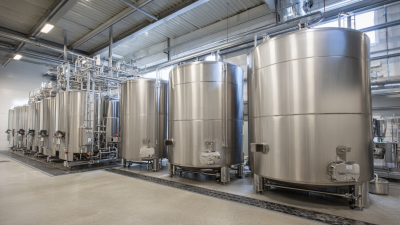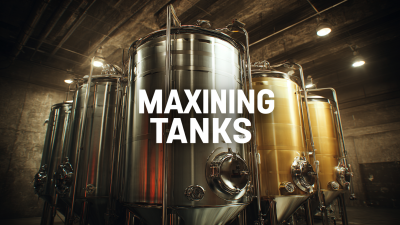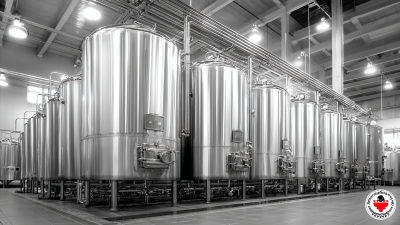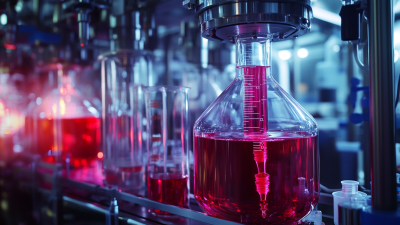
In today's fast-paced food processing industry, the quest for enhanced safety and efficiency has led to significant innovations, one of which is the integration of Stainless Steel Mixing Tanks. These advanced tanks have revolutionized food production by offering superior durability, sanitation, and performance compared to traditional mixing solutions. The unique properties of stainless steel, such as its resistance to corrosion and ease of cleaning, play a crucial role in maintaining food safety standards, thereby minimizing the risk of contamination. Moreover, the design and functionality of Stainless Steel Mixing Tanks promote more efficient mixing processes, allowing for consistent product quality and reduced operational time. As food processing continues to evolve, the impact of these tanks is becoming increasingly evident, setting a new benchmark for industry practices and advancing the overall landscape of food safety and efficiency.
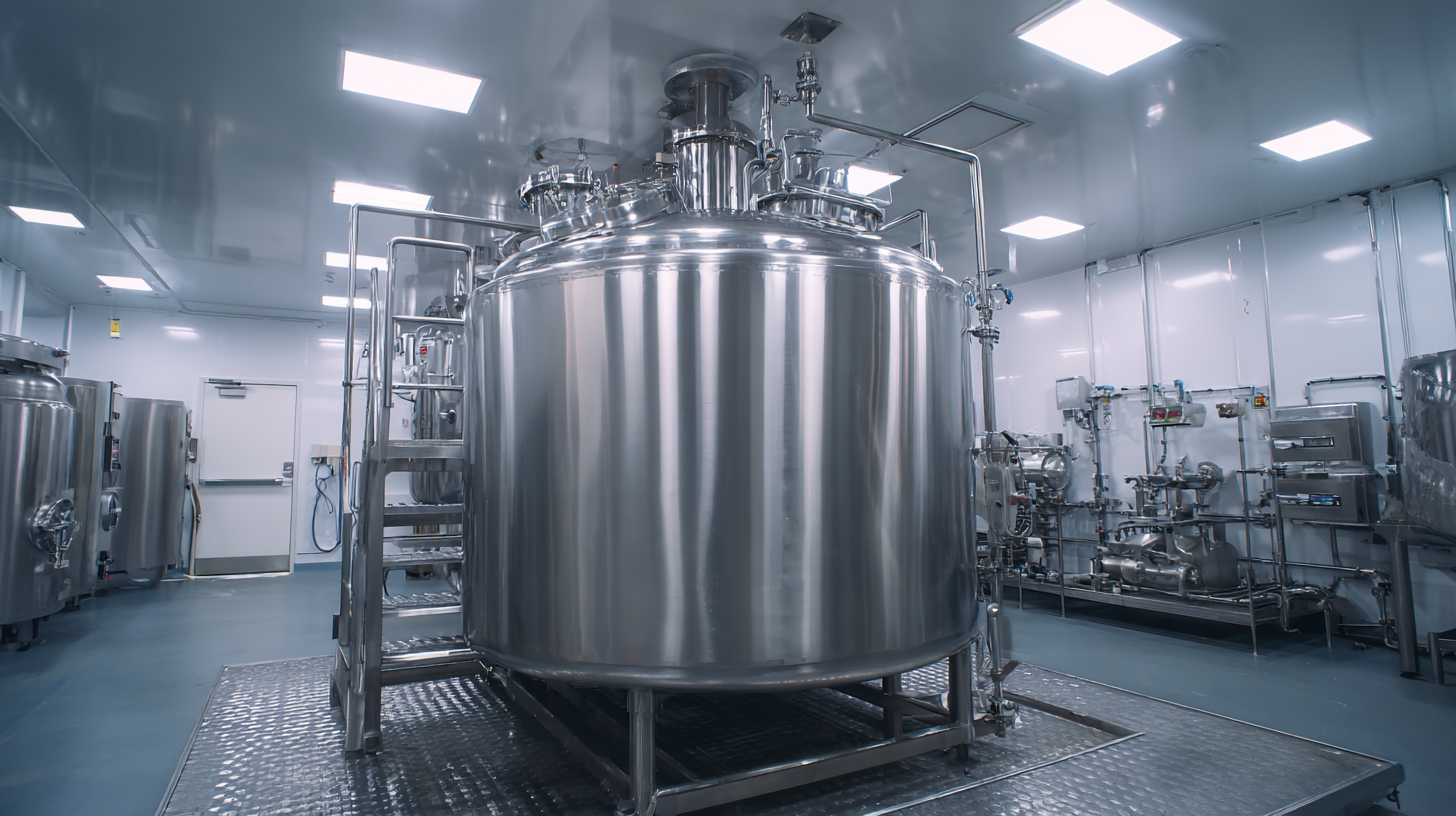
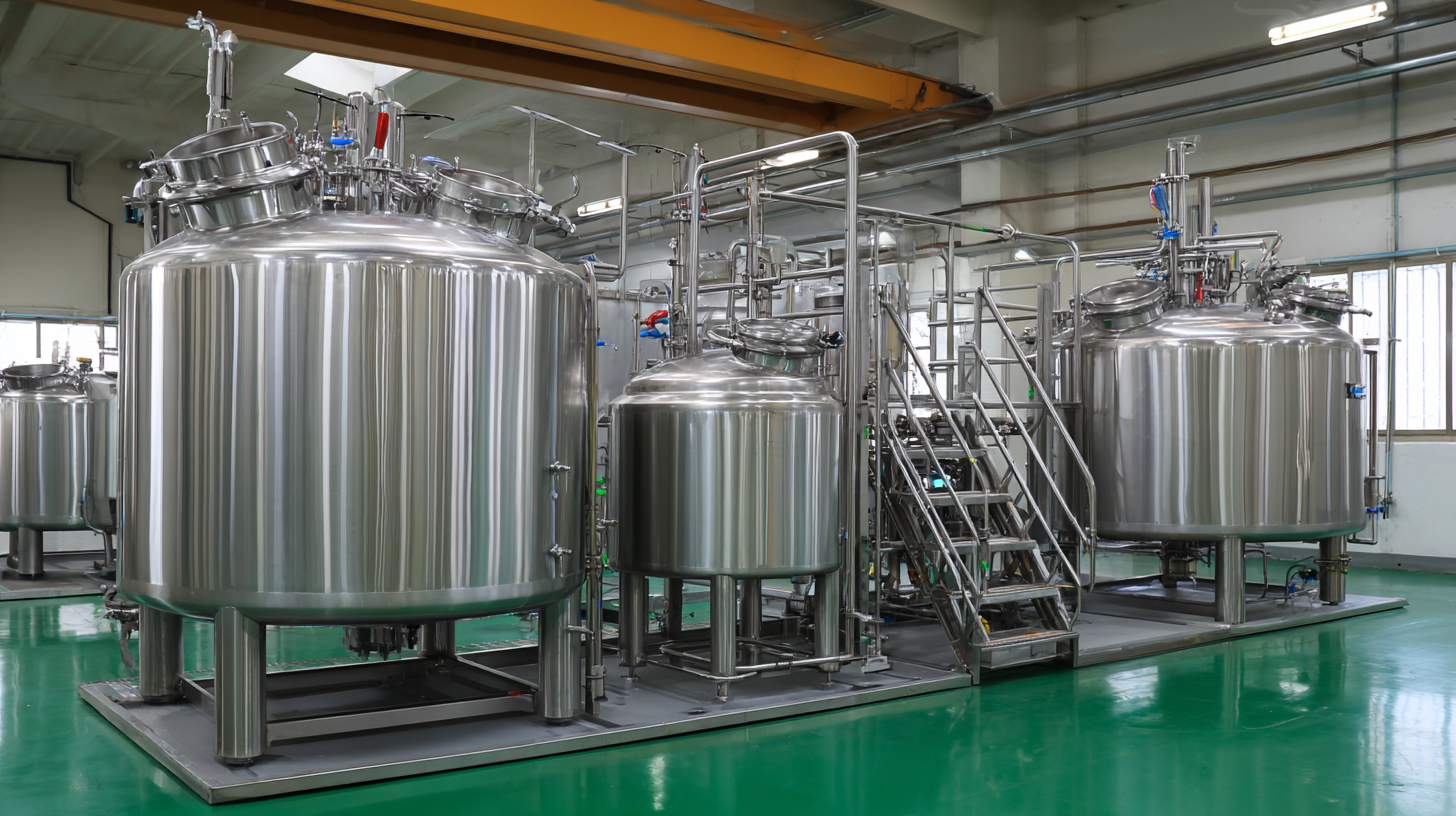 Stainless steel mixing tanks have become a cornerstone in elevating food safety standards across the industry. Their non-porous surface and resistance to corrosion and rust significantly reduce the risk of contamination compared to traditional materials. According to a report by the Food Safety and Inspection Service, nearly 70% of foodborne illnesses can be traced back to inadequate sanitation practices in food processing environments. Utilizing stainless steel mixing tanks can help mitigate these risks by providing a hygienic environment that is easy to clean and sanitize.
Stainless steel mixing tanks have become a cornerstone in elevating food safety standards across the industry. Their non-porous surface and resistance to corrosion and rust significantly reduce the risk of contamination compared to traditional materials. According to a report by the Food Safety and Inspection Service, nearly 70% of foodborne illnesses can be traced back to inadequate sanitation practices in food processing environments. Utilizing stainless steel mixing tanks can help mitigate these risks by providing a hygienic environment that is easy to clean and sanitize.
Tips: Always ensure that your stainless steel tanks are regularly cleaned and inspected for any signs of wear. Implementing a strict cleaning schedule can enhance your food safety protocols.
Moreover, stainless steel mixing tanks are designed for optimal efficiency, which further contributes to safety in food processing. They allow for uniform mixing of ingredients, thereby eliminating unsafe pockets of unprocessed food that could harbor pathogens. The USDA reports that using advanced mixing technologies has been known to reduce microbial load in food products by up to 90%, significantly improving safety outcomes.
Tips: Invest in state-of-the-art monitoring systems for your mixing tanks to track temperature and pH levels, which are critical for maintaining food safety during processing.
Stainless steel mixing tanks have become a cornerstone of modern food processing, primarily due to their innovative design features that significantly enhance efficiency. These tanks are engineered to support optimal mixing and blending processes, reducing time and energy consumption. According to a report by the Food Processing Suppliers Association, using stainless steel tanks can improve mixing efficiency by up to 30%, leading to faster production cycles. This means food processors can achieve higher output with lower resource expenditure, making operations more sustainable.
Moreover, the hygienic properties of stainless steel contribute to improved safety in food processing environments. Stainless steel is inherently resistant to corrosion and microbial growth, which helps maintain product integrity and quality. The USDA highlights that stainless steel surfaces are easier to clean and sanitize compared to other materials, which is critical in minimizing contamination risks. Additionally, advanced features such as automated mixing controls and integrated temperature regulation ensure uniform product consistency, further boosting safety and operational reliability. As the industry evolves, the adoption of these innovative tanks is likely to continue, paving the way for safer and more efficient food processing practices.
In the food processing industry, the choice of materials significantly affects both safety and efficiency. Stainless steel mixing tanks stand out as a superior alternative compared to traditional materials like aluminum or plastic. Their non-porous nature prevents contamination, making them ideal for food handling where hygiene is paramount. Unlike aluminum, which can react with acidic foods, stainless steel maintains the integrity of the product, ensuring that no harmful substances leach into the mix.
Furthermore, the durability of stainless steel contributes to long-term operational efficiency. Traditional materials often require frequent replacements due to wear and tear or corrosion, leading to increased downtime and maintenance costs. In contrast, stainless steel tanks offer a robust solution that can withstand high temperatures and rigorous cleaning processes, ultimately enhancing productivity. The combination of safety and efficiency makes stainless steel an indispensable asset in modern food processing, streamlining operations while upholding the highest standards of food safety.
| Material Type | Safety Rating | Durability (Years) | Maintenance Frequency | Cost (USD) |
|---|---|---|---|---|
| Stainless Steel | A+ (Excellent) | 15-20 | Every 6 months | 5000 |
| Aluminum | B (Good) | 10-15 | Every 3 months | 3000 |
| Plastic | B- (Fair) | 5-10 | Every month | 1500 |
| Glass | B+ (Good) | 8-12 | Every 6 months | 2000 |
| Carbon Steel | C (Average) | 6-8 | Every 2 months | 2500 |
Stainless steel mixing tanks have significantly transformed food processing industries, as highlighted by successful case studies demonstrating their impact on safety and efficiency. For instance, a leading dairy company reported a 30% reduction in contamination risks after switching to stainless steel tanks, primarily due to their non-porous surfaces that inhibit bacterial growth. The 2022 Food Safety Report indicated that foodborne illnesses could be reduced by over 20% with improved equipment hygiene, showcasing that stainless steel’s properties are crucial in maintaining food safety standards.
In the beverage industry, a renowned manufacturer adopted stainless steel tanks and noted a 25% increase in production efficiency. This was largely attributed to the tanks' superior thermal conductivity, which facilitates better temperature control during mixing processes. According to the Beverage Industry Association, companies utilizing stainless steel equipment experienced a 15% decrease in energy consumption, correlating with both financial savings and a reduced environmental footprint. These case studies underline the robust advantages of stainless steel mixing tanks, encouraging broader adoption across various sectors.
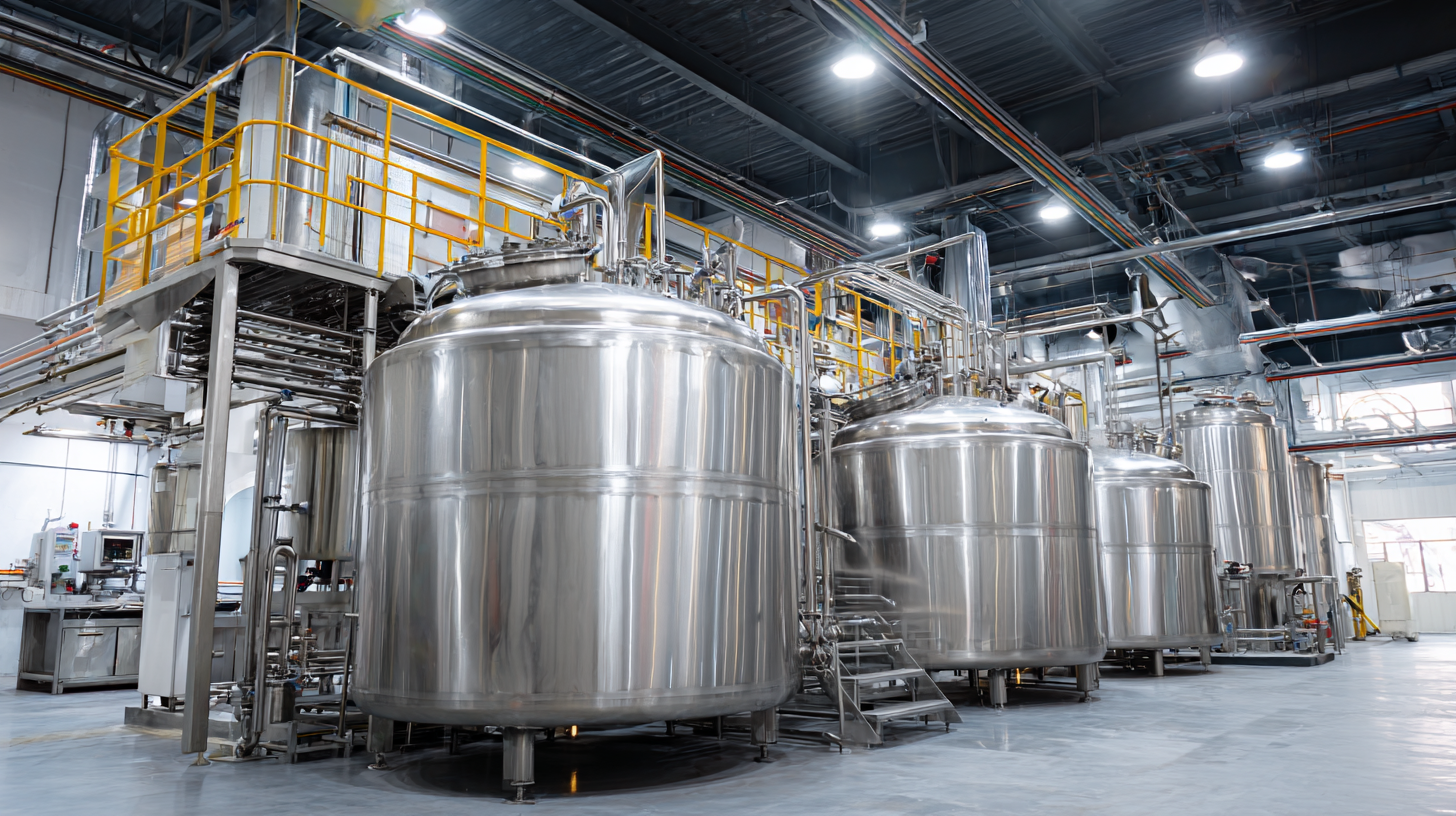
The integration of smart technology in stainless steel mixing tanks is set to revolutionize the food processing industry by enhancing safety and efficiency. As manufacturers seek to optimize their operations, the demand for high-performing mixing systems is projected to grow significantly. According to industry reports, the global mixer market size is estimated to reach $2.1925 billion by 2025, with a compound annual growth rate (CAGR) of 5.0%, expected to culminate in a value of $3.246 billion by 2033. This growth underscores the increasing reliance on advanced mixing technologies to ensure product quality and safety in food processing.
Smart technology in mixing tanks encompasses automation, IoT integration, and real-time monitoring systems, allowing for precise control over blending processes. These innovations help mitigate risks related to contamination and ingredient variability while providing manufacturers with valuable data insights into production efficiency. As the push for higher safety standards intensifies, the incorporation of smart features in stainless steel mixing tanks not only aligns with regulatory requirements but also paves the way for more sustainable practices in the food industry. The future of food processing looks promising, with technology leading the charge toward enhanced operational excellence.
